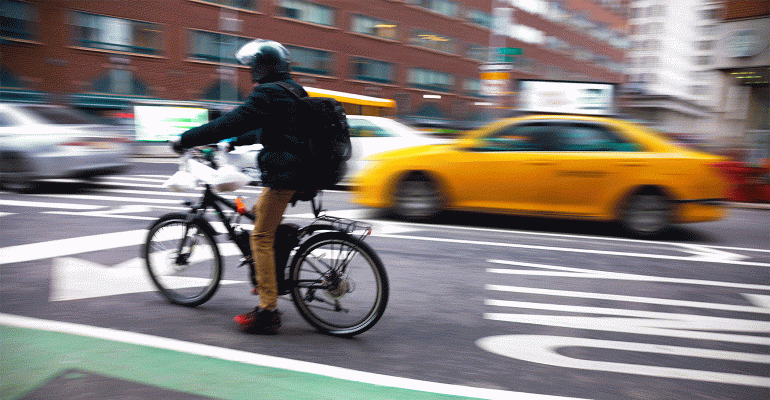As third-party delivery alternatives continue to grow in popularity in the post-pandemic era, Club Feast has created a differentiating business model that keeps delivery fees down for operators. Club Feast launched in 2020, and is currently operating in New York City and the San Francisco Bay Area, that instead of offering on-demand delivery, operates as a membership-based delivery service that lets customers pre-order and prepay for a set of meals with meal credits.
By taking the “instant gratification” element out of food delivery, Club Feast says it can keep delivery prices down 40% as compared with the big third-party players like Grubhub and DoorDash. Customers can place their orders ahead of time and choose a 45-minute window of delivery.
“The whole point was removing the processes that are very inefficient,” Club Feast COO Ghazi Atallah said. “What we found is that the on-demand structure is actually very expensive. The restaurant and the driver do not have a heads-up on the orders coming in, they just have to wait for people to decide they want food. So this is why we ask our customers to place orders a few hours in advance.”
The cutoff time for ordering dinner is 2:30 pm for later that evening. With this flexibility, Club Feast is able to strategize and group driver deliveries together by geography. That way, instead of drivers just receiving the next batch of orders no matter where they’re located, they can be more efficient and deliver orders in the same neighborhood rather than be at the customers’ whims.
“We actually work with the restaurants on what items from the menu make the most sense for them to [include on the menu,]” Atallah said. “Some items are very easy to cook in bulk on a larger scale and they’re better economics for the restaurant.”
Their model, he says is closer to Amazon than Grubhub or Uber Eats. Club Feast picks the routes for its drivers for efficiency and they will drop off food in the neighborhood rather than waiting for on-demand orders from dispatch. By focusing on this efficiency, he said, Club Feast is more environmentally conscious, especially as they use bike-riding delivery employees rather than drivers.
Atallah does admit however, that this model does not work for all restaurants or all customers.
“On a Friday night, if I'm hungry, I'm probably going to still use DoorDash or Uber to get my order, but for the other nine meals during the week, it probably makes sense to use a service where I can order ahead of time and pay almost half the price,” he said.
Currently, Club Feast is working on expansion across New York City and the Bay Area and has 700 restaurants (and counting) on its platform.
Contact Joanna at [email protected]
Find her on Twitter: @JoannaFantozzi





